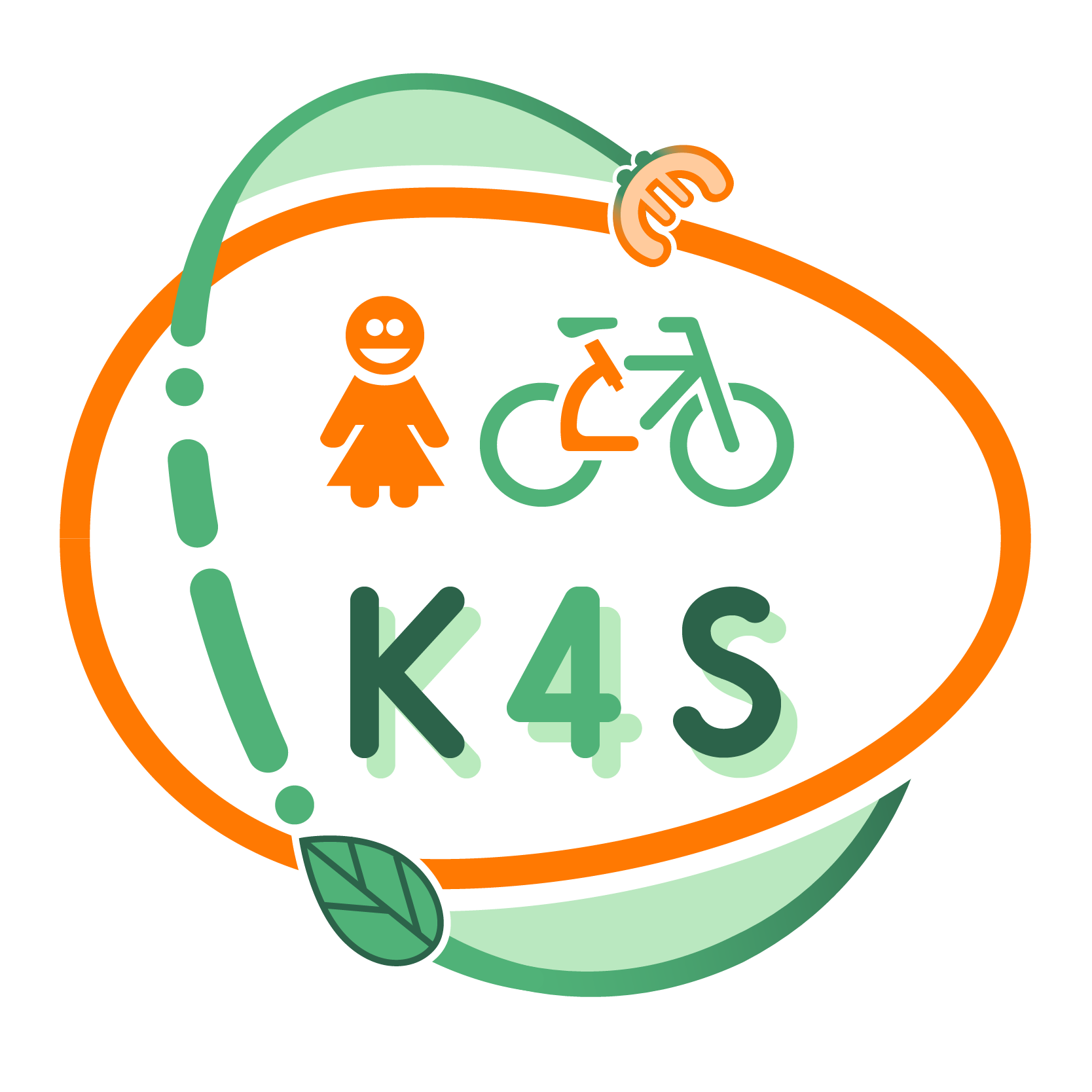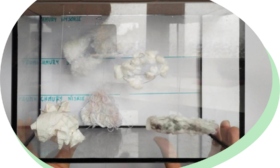LEARNING PATHWAY CREATED BY THE LEARNING COMMUNITY
Water – The story that starts in the clouds
Authors: A. Maciejczyk, D. Drużkowska, G. Mach
Overall aims:
- Discovering the importance of water for the environment and humans;
- Developing sensitivity to the beauty of nature;
- Understanding the physical phenomena related to the water cycle in nature.
Intended learning outcomes:
The child will be able to:
- Name selected clouds in nature;
- Distinguish certain types of clouds;
- Explain the importance of water in nature;
- Explain the mechanism of the water cycle in nature;
Evaluation
Initial – Conversation: preparing a mind-map: What do we know about cloud formation? What do they look like and what are their functions?
Ongoing – Observation of children during experimental activities showing the appearance and distribution of clouds and the formation of rain and its fall meaning in nature
Final – Drawings with water and dye. Why do we need water? Why is life without water impossible?
Pathway structure
Stage I – Ecological pillar
Getting to know the properties of clouds, their characteristics and functions – constructing a model of clouds. Using the knowledge about clouds to predict weather. Creative analogy with clouds as a vehicle for imagination.
Stage II – Socio-Cultural pillar
Getting to know the properties of water – conducting experiments and observations. Understanding the causal relationships between clouds and rain, and between air pollution and the type of rain (introducing the concepts of “dirty rain”, “the acid rain”.
Stage III – Ecological and Economial Pillars
Learning about the cycle of water in nature – recognizing the cause-and effect relations between evaporation and condensation of water. Understanding the systemic nature of the environmental cycles of life.







